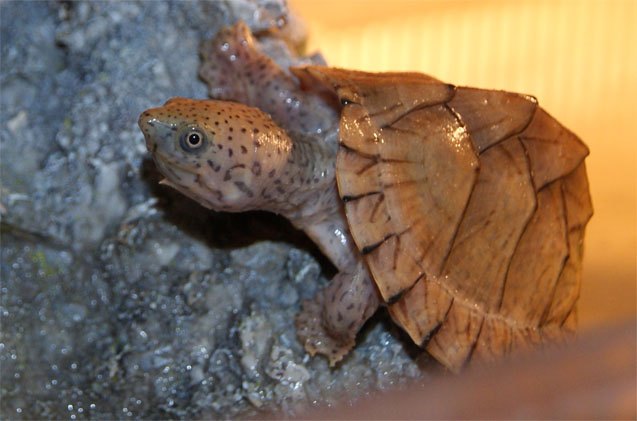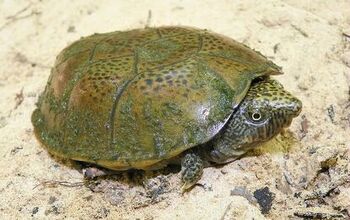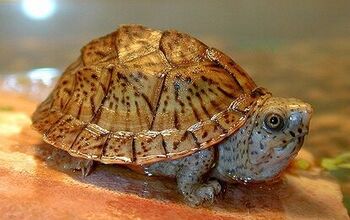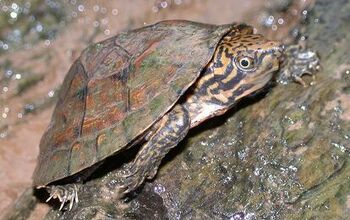3.2K Views
Razorback Musk Turtle

by
Lisa Selvaggio
(IC: )
Published: October 10th, 2016

About Razorback Musk Turtle
Size
Small
Length
Type
Semi-aquatic
Lifespan
20 years
Food
Commercial pelleted diet for turtles, insects, non-toxic aquatic plants, worms, fish
Difficulty Of Care
Low Maintenance
Comparable Breeds
Common Musk Turtle, Loggerhead Musk Turtle
Razorback Musk Turtle General Info
The Razorback Musk Turtle is found in areas throughout the United States. The states where these turtles are found include Arkansas, Oklahoma, Texas, Mississippi, Florida, and Louisiana.
Because the Razorback Musk Turtle spends a lot of time in the water, you will need to provide your pet with an enclosure that has enough water for your turtle to completely submerge, swim, and walk around on the bottom of the tank. However, baby turtles can do well in water that is quite shallow at just 4-6” deep.

Lisa Selvaggio
Lisa Selvaggio is a freelance writer and editor, and our resident cats-pert, with certifications in pet nutrition and pet first aid. She enjoys producing content that helps people understand animals better so they can give their pets a safe and happy home.
More by Lisa Selvaggio
Published October 10th, 2016 12:00 AM

























